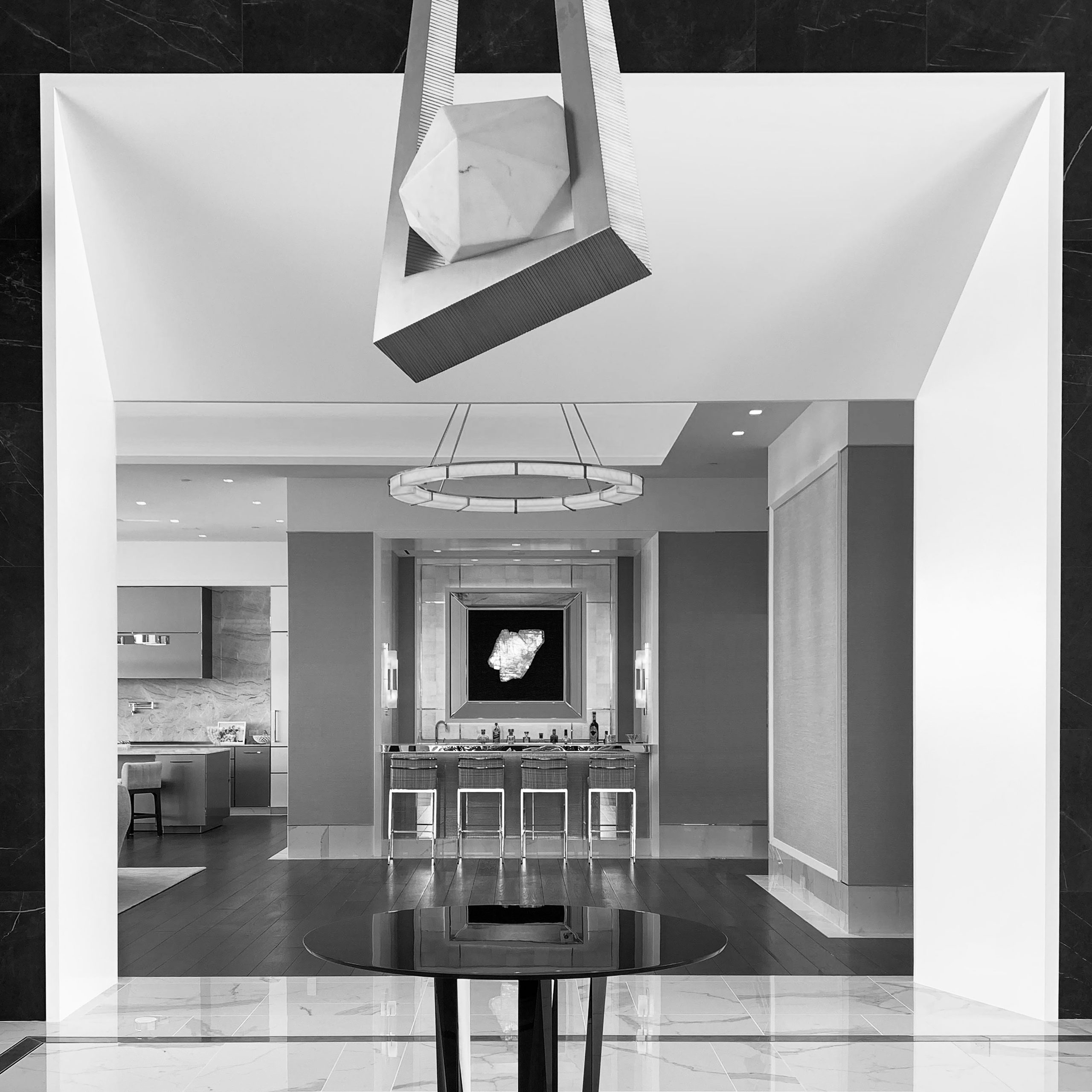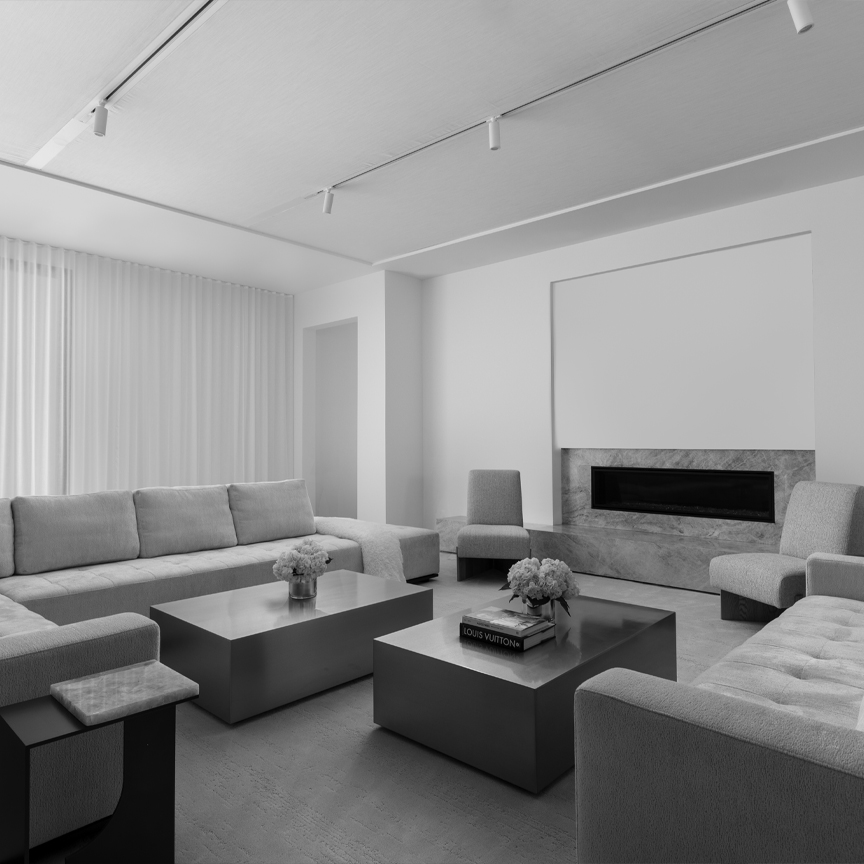4 .WHAT IS THE ADVANTAGE OF A DESIGN FIRM HAVING A TALENT RECRUITER, SUCH AS YOURSELF, FIND TEAM MEMBERS? TELL US ABOUT ONE OF YOUR GREATEST MATCHMAKER SUCCESSES.
The greatest advantage is having a search specialist focus full-time on a design firm’s talent needs. It’s not that different from the public hiring interior design professionals. We are trained to focus on the goal while our clients go about their priorities which means satisfying their own clients! In terms of matchmaking successes, we have many of them! People who enjoy working together are the greatest goal because so many skills and even aesthetics can be trained. We are in the people business and it’s just sooooo much easier when you/we like who we are working with. And since we guarantee placements for one year, our clients have plenty of time to test out new hires.
5. For the designers who have sole proprietorships and are looking to make their first hire, how should they prepare mentally and financially to ensure a healthy work environment?
Trust that they will be able to make money from their new hire by direct billing of their services to clients or through efficiency gained by having someone else do the tasks they have been struggling to do themselves. As I like to refer to certain tasks that I get burdened with, “they are beneath my paygrade.” Secondly, be organized and prepared to receive a new person and show them your systems. Every business operates differently, and setting up phones, computers, e-mail accounts, file access, explaining projects, the whole onboarding process takes time. Better to do over a weekend when the phones aren’t ringing than trying to cram into a busy Monday morning!
6. WOULD YOU PLEASE SHARE WITH US SOME “TELLING/OUTSIDE OF THE BOX” JOB INTERVIEW QUESTIONS FOR EMPLOYERS AND EMPLOYEES?
I think the best interviews are thorough ones. Give a candidate space to answer and don’t be afraid to probe more deeply on responses of concern. We administer a third-party personality profile that offers interview questions to be used when a candidate scores poorly in a certain area. However, here are just a few sample questions that can be used for general screening that one of our client uses: What led you to the field of design? Tell me about some of the highlights of your design education. Who are some designers that you admire, and what do you like about their work? How do you like to get started on a new design project? Do you like working on a team or individually? What are some of your strategies for staying organized on a daily or weekly basis? What bookkeeping systems have you worked with? What has your role been in the purchasing cycle? Have you spent time at the local design center? What are some of your go-to vendors?





